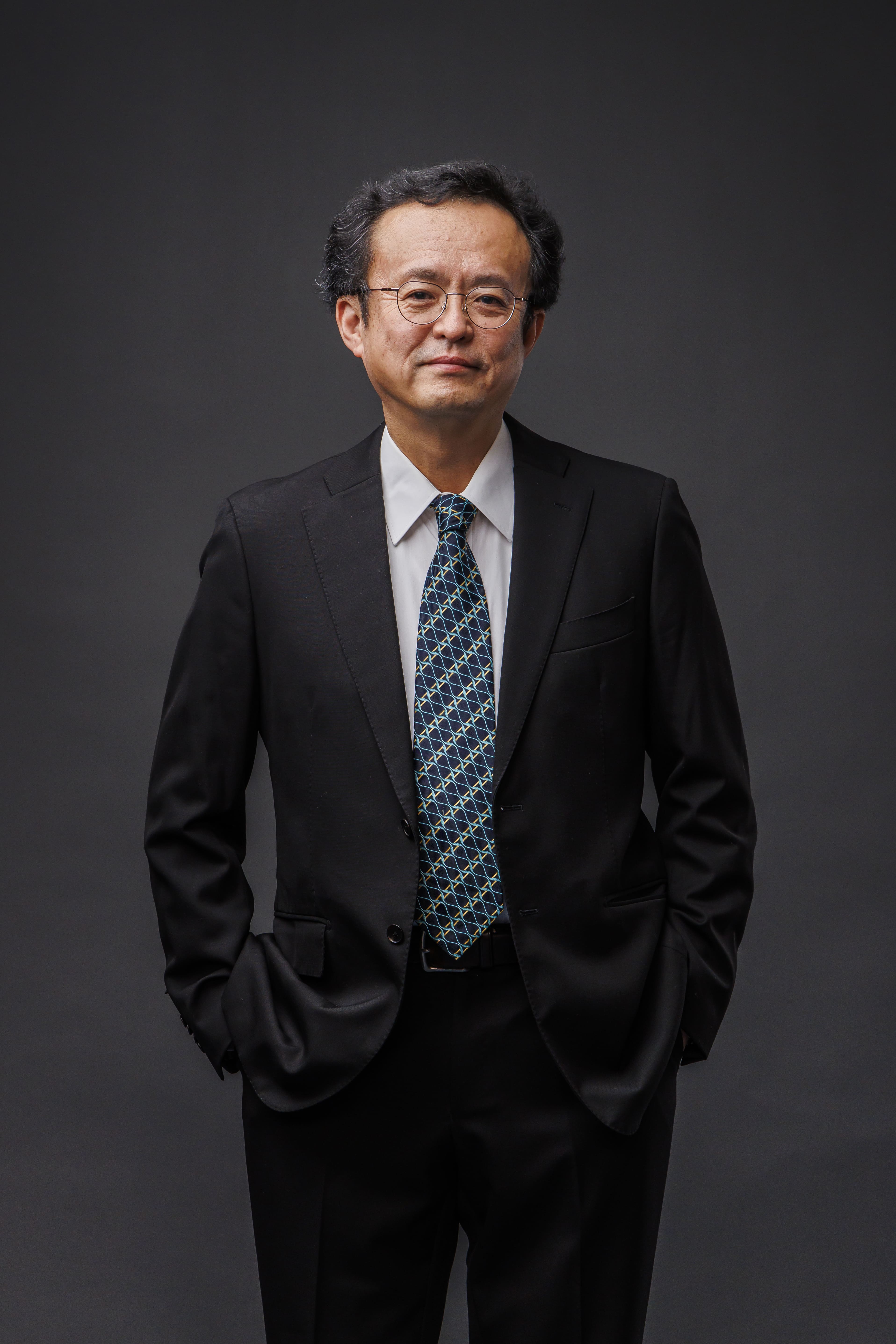Message from the Chair

Yutaka Matsuo
What is physics? In short, it is a branch of science that explains a wide range of phenomena by incorporating the properties of matter and forces obtained through experiments into fundamental equations. Physics covers a wide scale, from microscopic particles and atomic nuclei to the macroscopic universe, serving as the foundation of all natural sciences while continuously evolving dynamically at the forefront of scientific advancements.
In the 20th century, nuclear and particle physics were developed to investigate the nature of matter. The constituent elements of matter, atoms, nuclei, and subatomic particles were revealed. Condensed matter physics was born to study the properties of atoms that appear when they get condensed, such as magnetism and electrical conductivity. These have led to a variety of industrial technologies that support modern society. These include semiconductors, magnetic devices, laser technology and optical communications, solar power generation, batteries, medical MRI, and nuclear power.
Various experimental and observational instruments developed at the end of the 20th century and into this century have led to new developments in physics. For example, the scanning probe microscope showed the inhomogeneous structure of material surfaces, and the Hubble Space Telescope revealed dark matter. Kamiokande and Super-Kamiokande raised the curtain on neutrino astronomy. The gravitational waves, said to be Einstein's last homework, have also been detected. State-of-the-art measurements and theoretical analysis have shown that dimensionality and topology can decisively change the properties of matter. Non-equilibrium physics, biophysics, quantum information, and the use of AI are also making great strides. Physics will continue to enrich our view of nature and will be a driving force in opening future society.
About 40 faculty members are in the Department of Physics in the Faculty of Science. In the graduate school, we have approximately 130 faculty members in the course of physics, including those from the Institute for Solid State Physics, the Institute for Cosmic Ray Research, and the Kavli Institute for the Physics and Mathematics of the Universe. We are sure that you will find a field of research in which you are interested. We welcome those who are inquisitive about nature and its mechanisms, those who want to open up new horizons in the natural sciences with clear eyes and flexible thinking, and those who want to use physics to help solve society's problems. If you go into the physics department and if you understand physics, you may see the world differently.


